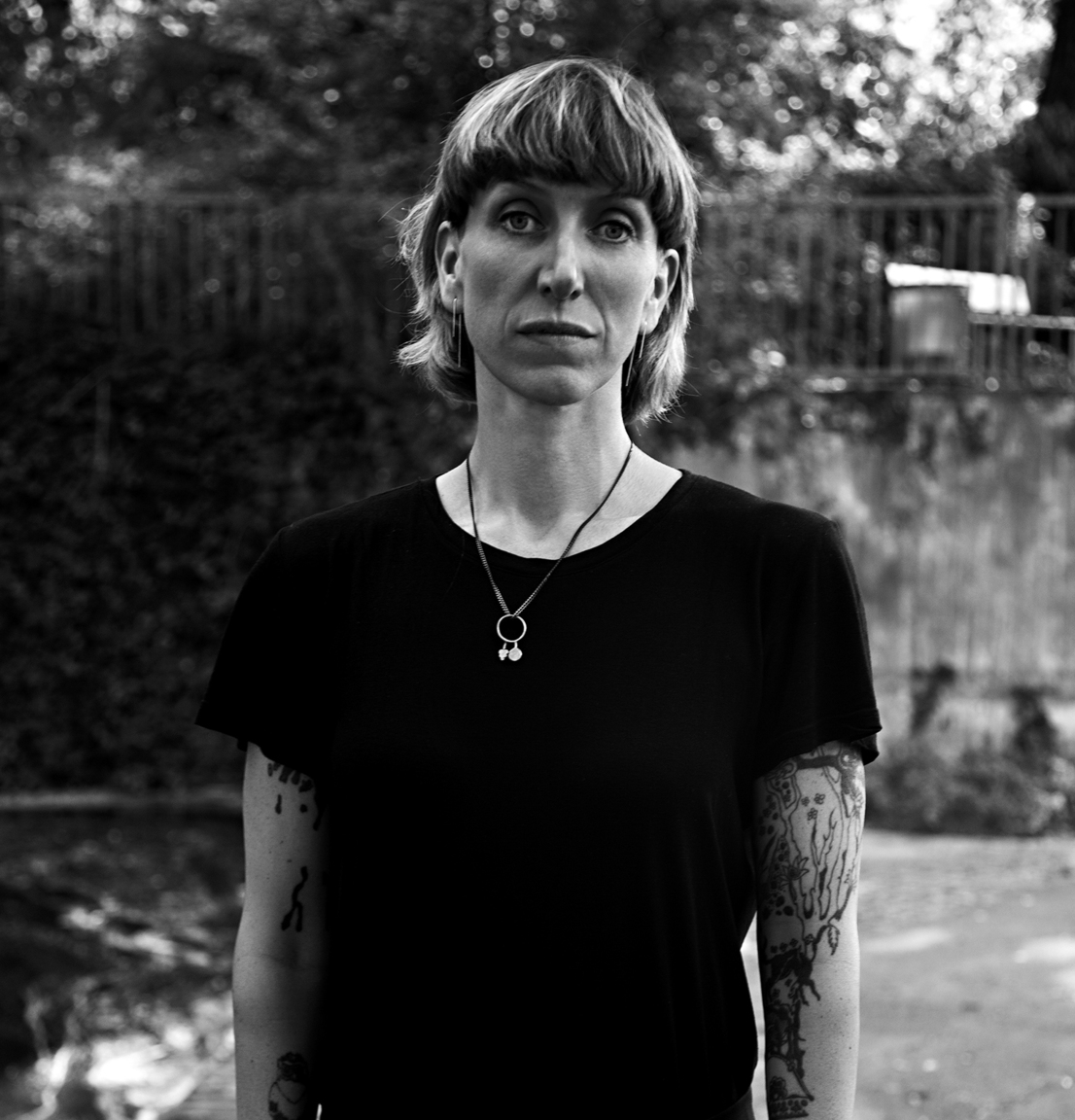Forelesning

Critical tools: Kerstin Stakemeier / Illiberal Liberalism: What’s free about art?
Kerstin Stakemeier is Professor for Art Theory and Education at the Academy of Fine Arts Nuremberg. The talk will be moderated by Associate Professor Lisa Rosendahl.
Register in advance for this webinar:
Join Zoom Webinar
What we are experiencing today, it seems, is a life lived within the corpse of an undead liberalism, in which what is discussed as the ‘illiberal threat’ suffered by Western liberal democracies is nothing less than the nationalization, naturalization and biologization, of the liberal values, or rather entitlements, themselves. And it is not least those feeling entitled to (having) be(en) the subjects of liberalism who within its current corpse feel robbed of their properties (their ‘freedom’) and seek what looks like revenge. A revenge that is mostly directed against those deemed genuinely illiberal, unliberalizable so to say, those who never were enthroned to be the subjects of liberalism and whose presence is now felt as testimony to its decline. And so, liberalism’s apparent death within our present results not firstly in its vanishing, but rather in its self-declared subjects’ dangerously shifting self-perception of being … robbed, or even…murdered …
The role that art in its modern sense plays in this scenario is that, or so it seems, that of a two-sided anachronism: One the one hand art turns into the embattled enclave of historic forms of (privileged) freedom, a nostalgic and defensive safe haven for an impossible subject relying in its continued existence on liberalism’s claim to futurity. And on the other hand it becomes a space within which its own untimeliness materializes, manifests. The last years have seen the (more visible) emergence of artistic practices that, rather than proposing art as a representation of social practices external to it, have sought out forms of relaying art itself as a form of infrastructural entity, as an (un)social practice.
Introducing this anachronism I want to ask how to generate a radical artistic empiricism that exceeds the historical seclusion of art, bringing into view what the feminist materialist Lu Märten in the 1910s called the whole “Lebensarbeit” (life-work) of a human. What Märten at the time termed Volksfantasie (which is not a national fantasy but the living culture of people’s communion that was destroyed by its nationalization) was to her such a frame of living beyond the possessive individuations of liberal capitalizations. In characterizing it, she distinguishes the “new” from the “miraculous”: where the “new” keeps the subject in line for its perpetually capitalized reproduction, the “miraculous” is the engagement in something for the sake of its not fulfilling itself, for it deviating from its genesis, for its ends opening …. The miraculous as Märten frames it is a moment of reproduction suspended in recombination, for it is “the closures and not the search for forces of combination that sabotages social life.” I want to speak about the question of the anachronistic necessity of the miraculous in artistic practice today, in a moment when the new seems to have been suspended by liberalism’s illiberal death.
Kerstin Stakemeier is Professor for Art Theory and Education at the Academy of Fine Arts Nuremberg. She teaches and writes, often in collaboration, a.o. Illiberal Arts ( 2021 exhibition/publication/program with Anselm Franke at House of World Cultures Berlin), Universal Receptivity (2021 seminar/publication with Bill Dietz), Class Languages (since 2017, shows/magazine with Manuela Ammer, Eva Birkenstock, Jenny Nachtigall, Stefanie Weber), Reproducing Autonomy (2016 book with Marina Vishmidt), Power of Material / Politics of Materiality, Fragile Identities, The Present oft he Future (2014-2018, lecture series/books with Susanne Witzgall).
In 2017 Entgrenzter Formalismus. Verfahren einer antimodernen Ästhetik (2017) was published with b_books, in 2022 a revised English edition will come out.
The talk will be moderated by Associate Professor Lisa Rosendahl.
This lecture is a part of the Critical Tools seminar series organized by the Fine Art Academy at KHiO. Critical Tools invites artists, theorists, curators and other practitioners to share the tools they find most critical for navigating art and society at this present moment.